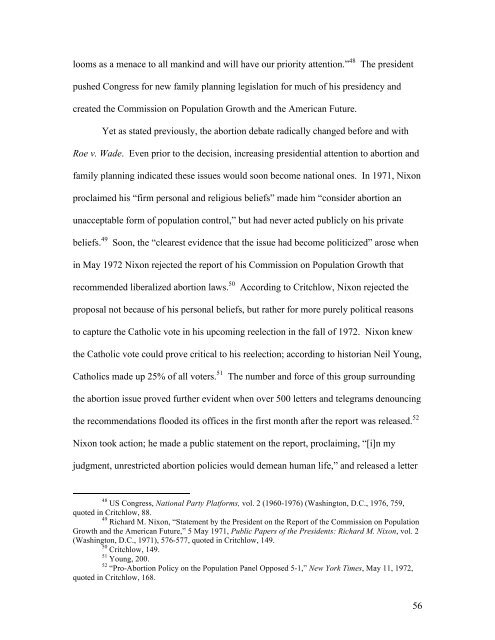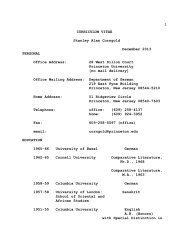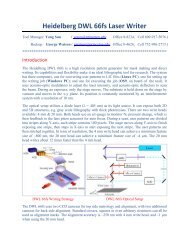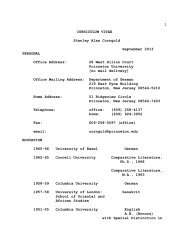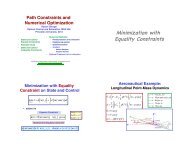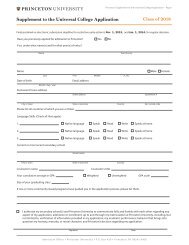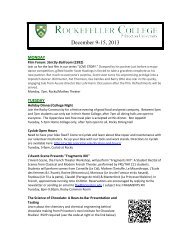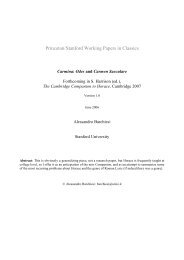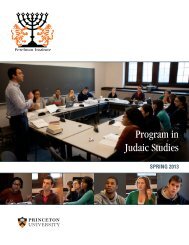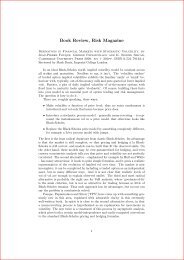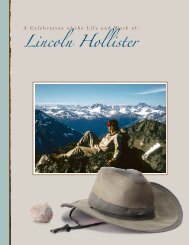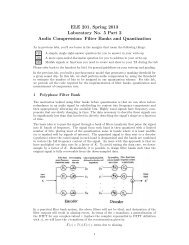The Pre-Roe Pro-Life Movement in Minnesota and New York
The Pre-Roe Pro-Life Movement in Minnesota and New York
The Pre-Roe Pro-Life Movement in Minnesota and New York
You also want an ePaper? Increase the reach of your titles
YUMPU automatically turns print PDFs into web optimized ePapers that Google loves.
looms as a menace to all mank<strong>in</strong>d <strong>and</strong> will have our priority attention.” 48<br />
<strong>The</strong> president<br />
pushed Congress for new family plann<strong>in</strong>g legislation for much of his presidency <strong>and</strong><br />
created the Commission on Population Growth <strong>and</strong> the American Future.<br />
Yet as stated previously, the abortion debate radically changed before <strong>and</strong> with<br />
<strong>Roe</strong> v. Wade. Even prior to the decision, <strong>in</strong>creas<strong>in</strong>g presidential attention to abortion <strong>and</strong><br />
family plann<strong>in</strong>g <strong>in</strong>dicated these issues would soon become national ones. In 1971, Nixon<br />
proclaimed his “firm personal <strong>and</strong> religious beliefs” made him “consider abortion an<br />
unacceptable form of population control,” but had never acted publicly on his private<br />
beliefs. 49 Soon, the “clearest evidence that the issue had become politicized” arose when<br />
<strong>in</strong> May 1972 Nixon rejected the report of his Commission on Population Growth that<br />
recommended liberalized abortion laws. 50<br />
Accord<strong>in</strong>g to Critchlow, Nixon rejected the<br />
proposal not because of his personal beliefs, but rather for more purely political reasons<br />
to capture the Catholic vote <strong>in</strong> his upcom<strong>in</strong>g reelection <strong>in</strong> the fall of 1972. Nixon knew<br />
the Catholic vote could prove critical to his reelection; accord<strong>in</strong>g to historian Neil Young,<br />
Catholics made up 25% of all voters. 51<br />
<strong>The</strong> number <strong>and</strong> force of this group surround<strong>in</strong>g<br />
the abortion issue proved further evident when over 500 letters <strong>and</strong> telegrams denounc<strong>in</strong>g<br />
the recommendations flooded its offices <strong>in</strong> the first month after the report was released. 52<br />
Nixon took action; he made a public statement on the report, proclaim<strong>in</strong>g, “[i]n my<br />
judgment, unrestricted abortion policies would demean human life,” <strong>and</strong> released a letter<br />
48 US Congress, National Party Platforms, vol. 2 (1960-1976) (Wash<strong>in</strong>gton, D.C., 1976, 759,<br />
quoted <strong>in</strong> Critchlow, 88.<br />
49 Richard M. Nixon, “Statement by the <strong>Pre</strong>sident on the Report of the Commission on Population<br />
Growth <strong>and</strong> the American Future,” 5 May 1971, Public Papers of the <strong>Pre</strong>sidents: Richard M. Nixon, vol. 2<br />
(Wash<strong>in</strong>gton, D.C., 1971), 576-577, quoted <strong>in</strong> Critchlow, 149.<br />
50 Critchlow, 149.<br />
51 Young, 200.<br />
52 “<strong>Pro</strong>-Abortion Policy on the Population Panel Opposed 5-1,” <strong>New</strong> <strong>York</strong> Times, May 11, 1972,<br />
quoted <strong>in</strong> Critchlow, 168.<br />
56


